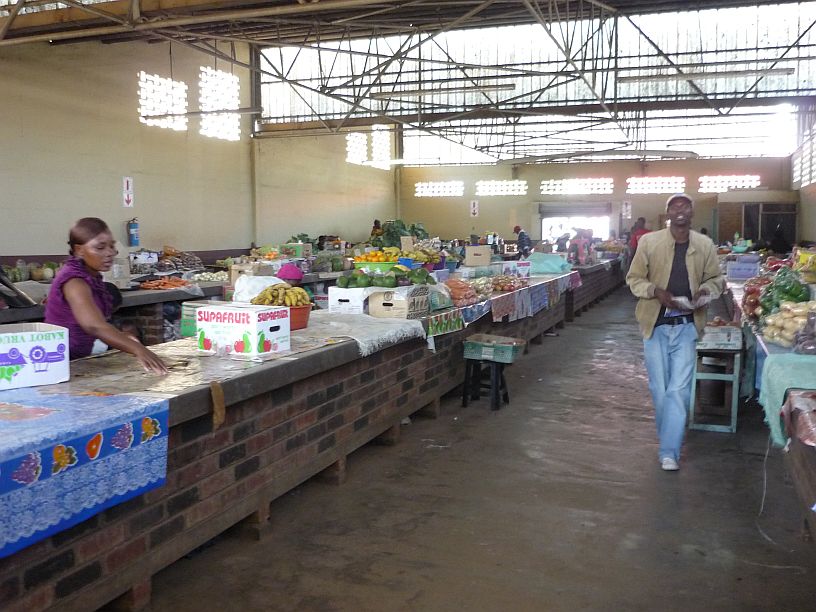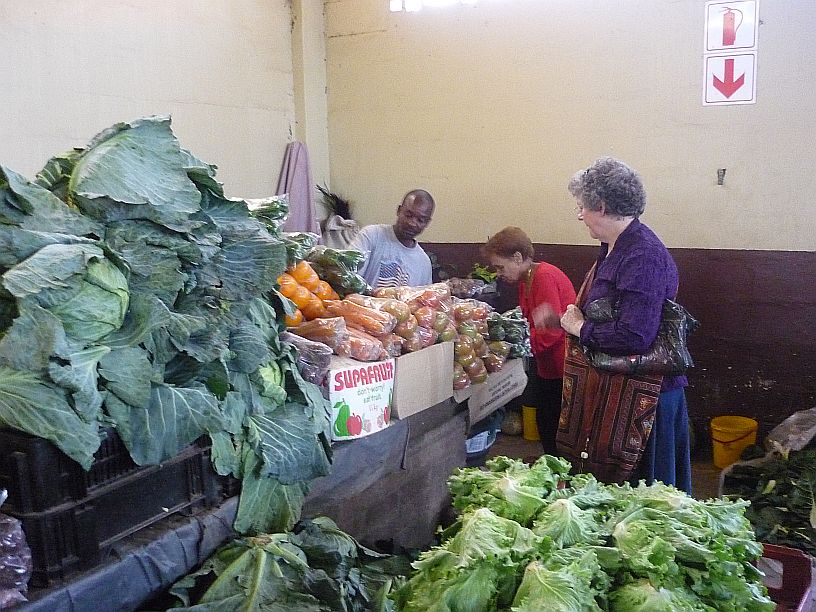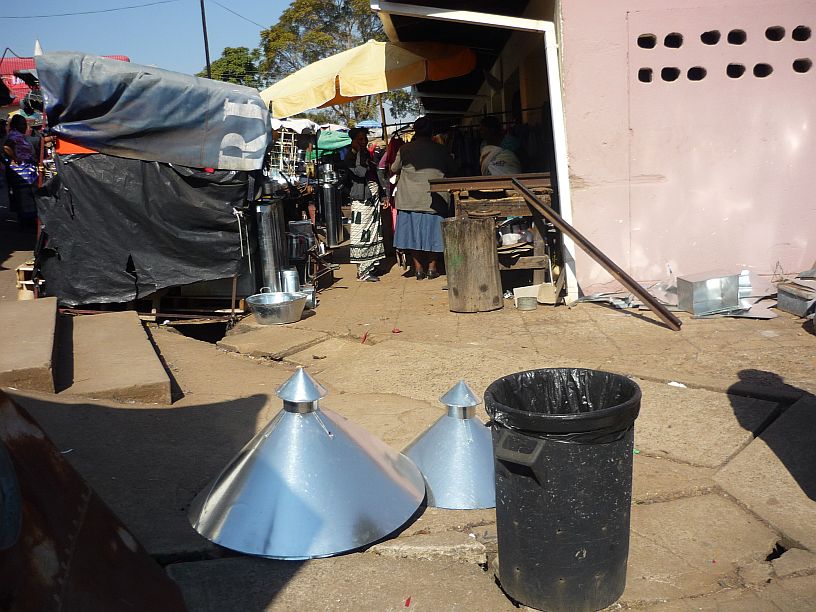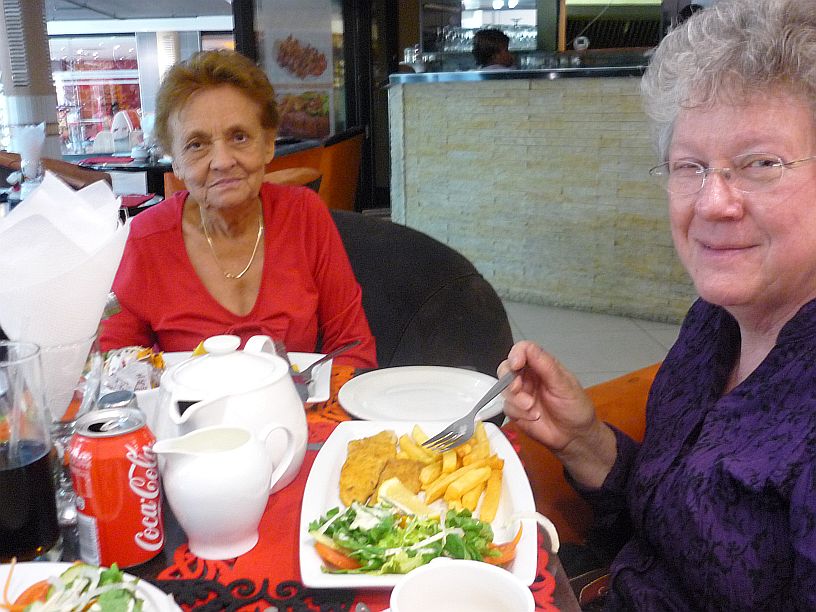This morning, Graham and I rode the mini-bus, a Toyota Regal, that Salema was driving to work. There were eight of us.
There were a total of 14 men at morning devotions, which is the highest number that I can remember, and we were missing Steve and Klaus, who had meetings in town all day.
Virginia made oatmeal cookies with chocolate chips last night and sent about three dozen to work with me. I set them out at lunch time and they disappeared quickly.
I worked on emails this morning while the transmitters were on the air. Then Graham and I did some more diagnostics on TX2 and determined that the erroneous switching off of the filaments is being done by the computer, rather than the fault latch card or the ‘cooling off ‘ command. This narrows the search down, but will likely be more difficult to track down further, since it looks like the solution may be hidden in the transmitter’s computer program.
I have been fairly certain that the automation system has been switching the transmitters to ‘quarter power filament’ nearly every time it switches ‘driver off’. I have been adamantly told this is not being done by the automation program. Today, with Hans’ help, we figured out that the problem is not in the program, but in the circuitry used for interfacing to the transmitter. Hopefully by removing one diode and adding three diodes, this problem can be corrected. Since this was discovered near the end of the day, we decided to wait until Monday to make any changes. It am not certain that this will eliminate all the problems, but there should be considerable improvement.








